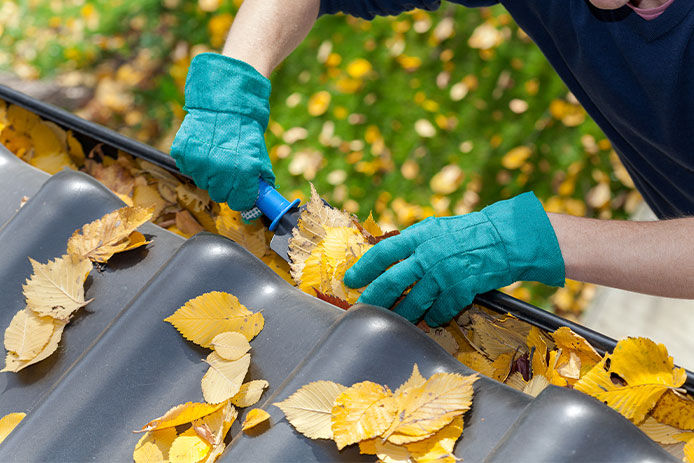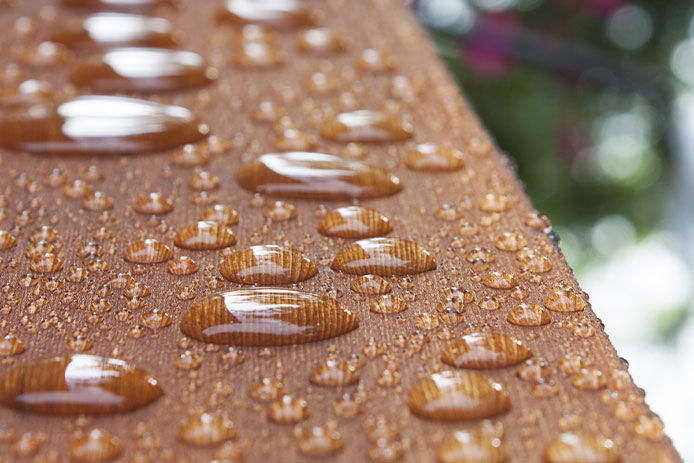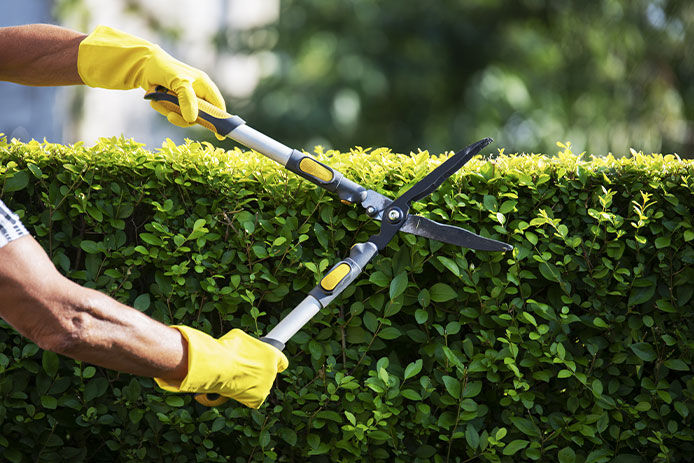How to Prepare for April Showers

April means the beginning of long-awaited warmer weather, sunny days, daffodils popping out of the wet ground, and April showers. Getting ready for the incoming spring snow melt and April rains is a good way to ensure that all that extra water can efficiently drain without causing any damage or flooding along the way. Read on for our top tips to best prepare for April showers as a homeowner.
Clean the Gutters

First things first, it’s time to clean that gutter out. Fall foliage is beautiful, but once those leaves fall off, they end up in all kinds of nooks and crannies to spend the winter, including your gutters. Vegetation accumulation in gutters can cause clogging and poor drainage. While you can also clean your gutters in the fall, it’s advisable to clean them in the spring before all the rain comes.
If gutter cleaning is ignored for too long, gutters will become clogged with leaves, sticks, and other debris that weigh down the gutters and loosen them from the side of your house. Clogged gutters can also lead to sitting water, which can cause rust, damage, and create the perfect environment for all kinds of weird things to grow. This includes plant matter and pests such as mosquitos, insects, and rodents. Additionally, clogged gutters can cause flooding that will leak water onto and into your house, which will likely cause expensive damage.
Cleaning your gutters is possible to do yourself with a ladder, some thick work gloves, and a garden hose. Otherwise, you can hire a company to do the job for you. Either way, get your gutters cleaned out before the April showers hit to prevent any long-term messes.
Consider Gutter Extensions and Downspouts

A gutter downspout and gutter extensions are easy attachments for existing gutters to lead water and debris away from the foundation of your home. These downspouts and extensions provide an efficient way to better control roof runoff. With melting snow and spring downpours, it’s easier for roof runoff and excess water to collect against the foundation of your house and seep into your basements or crawl space. Connecting downspouts to gutters and drainpipes provides a hassle-free way to avoid age-related problems and lead excess water away from the house. If you get a lot of snow melt or rain in the spring, it’s worth getting a few of these as they are inexpensive and easy to install.
Use RainGuard

Use RainGuard sealants to protect your home from heavy rainfall by applying it to the exterior areas of your home that are prone to getting very wet and don’t get enough airflow or sunlight to sufficiently dry out. RainGuard sealants can be applied to both wood and masonry, making them a reliable choice for almost any home. Choose a dry and sunny day in the fall to apply your RainGuard to ensure that it’s working during the snowmelt and April showers to keep your house dry and prevent any water damage.
Improve Landscaping

Landscaping is a fun and attractive way to help keep excess rain or water from damaging your house. Grading your yard is an almost permanent way to prevent water from collecting around the foundation of your house. When grading, the ground should always slope away from your house in all directions to ensure the water runoff moves as far away from your foundation as possible. Some great ways to naturally redirect water is to create garden space and grow plants that will benefit from the rain. You can also plant what’s called a rain garden using a selection of plants that enjoy a lot of water. These plants will pull the water out of the ground for you. Using mulch, planting grass, and planting native plants will also help to naturally curb any excess rain or water away from the house and put it to good use. The perk is that you also get a beautiful landscape out of it, too.
Divert Water

Similar to landscaping, you can redirect and divert water away from your house and foundation in other ways. Installing curtain drains, French drains, and gravel around the foundation of your house can help keep the area around your house relatively dry and encourage the excess water to move along. Installing barriers, drains, or even pervious pavement for your driveway can divert water away from the house and into areas where it is more easily drained. If your land or house location is especially prone to getting soaked by rain, then consider creating a landscape that will more easily divert and drain water away from the house.
Check for Leaks

Last, but not least, it’s important after a long winter to check your house for leaks before the spring rains come in. If there are any flaws or damage to the structure, water can seep in from holes, cracks, and gaps. Places to check are around structures that penetrate the walls, such as wires and windows. It’s also good to keep an eye on corners and roofing of structures.
A little effort and a little planning can go a long way to prevent long-term water damage to your home by snow melt and April showers. This way you can enjoy the incoming warmer weather without worrying about the rain.